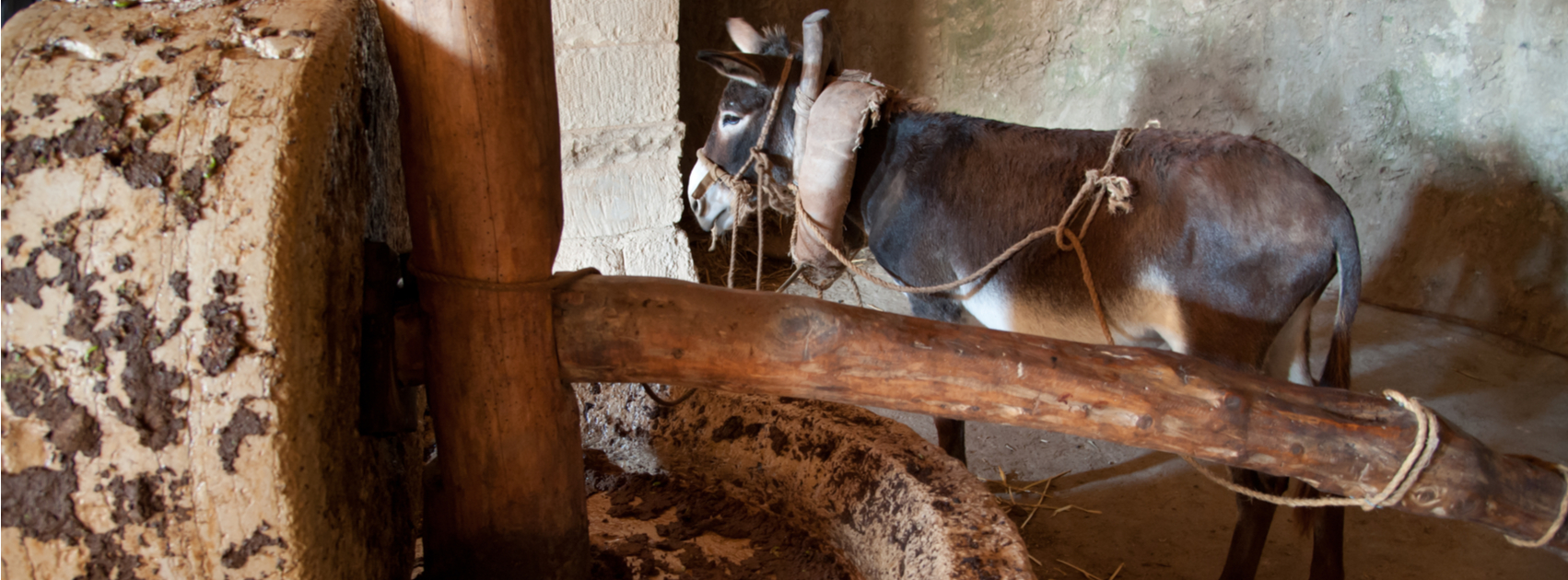
............................................
The Olive Tree
The Fruit of
the Olive Tree: Ancient Methods of Picking Fruit and Extracting Oil
MY OLIVE TREE
The olive tree is an important symbol of Israel, and of the
Jewish and Christian faiths and history.
Olives themselves have had a major role to play, not only
in the economy of Israel for thousands of years but also in the traditions of
the two faiths.
It is an interesting fact that olives in Israel
have long held an unusually high oil content, which makes them especially
excellent for the production of olive oils.
The olive
trees in this region blossom in the spring and bear fruit in the fall, with the
peak season for harvest being in October and November.
In
ancient times, olives were harvested in very rudimentary ways - either by
beating the branches with poles or simply by stripping the fruit by hand.
In many
cases, the olives that were to be eaten rather than pressed for oil would be
handpicked to prevent bruising.
Some
olives were picked while still green, and then pickled in vinegar and salt and
eaten fresh, as were some of the black olives.
That
process continued on throughout the ensuing generations.
In
addition, some of the green fruits were boiled, dried and used throughout the
year for various purposes.
However,
the black, ripened olives were the best for olive oil, as they often contained
more than 50 percent oil by volume.
During the ancient Old Testament times,
ripe olives were ground to a pulp in pestles, as described in Isaiah 17:6, or
smashed underfoot similar to grapes for wine, as described in Micah 6:15.
The pulp from the olives was collected in reed
baskets, which would allow the oil to drain off.
The first oil collected was the highest-quality
oil.
Additional oil would then be extracted through a
system of heating and re-pressing the pulp.
As time and technology progressed, around the
time of the New Testament, Israelis had invented new systems of pressing
olives.
In one such system, olives were put inside a
large circular basin where a large millstone rolled around in a circle.
The stone would be turned by an animal (such as
a donkey) or by people, and the pulp would be collected in baskets layered on
top of each other.
A stone weight would be placed on those baskets,
and a heavy wooden beam was placed across the pile.
Stone weights hung from the beam would apply
tremendous pressure to the olives to squeeze out the oil.
Another
method in those days involved a large stone pillar being placed directly on top
of the olives to press out the oil.
.
The oil
would then run through the basket layers and into a pit beneath. The oil would
eventually be collected in jars and stored in a cool place.
.
These are just a few examples of how the
olive fruit in ancient days were picked and pressed.
For more information about how we accomplish
these processes today, contact us at My
Olive Tree!
No comments:
Post a Comment